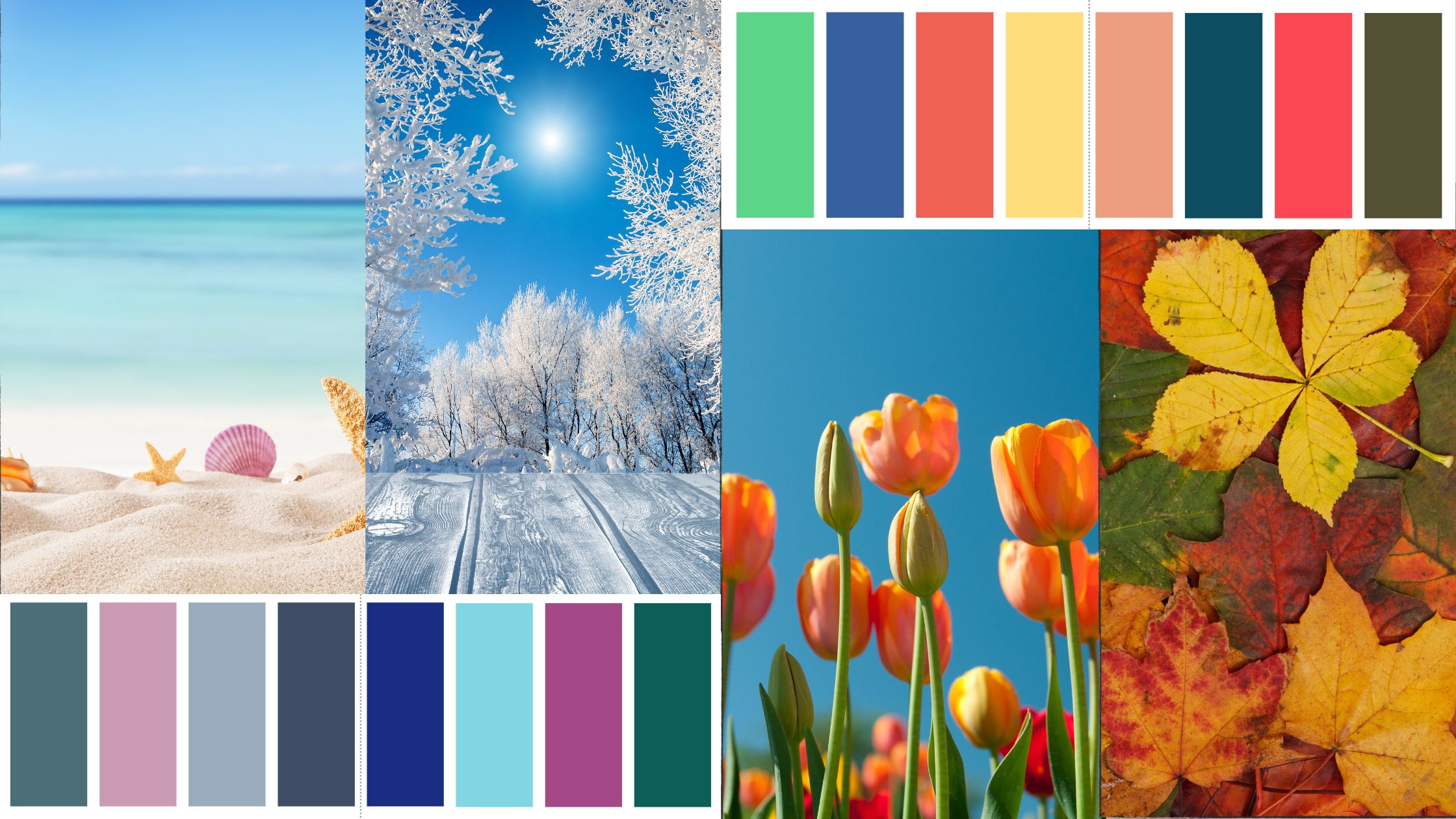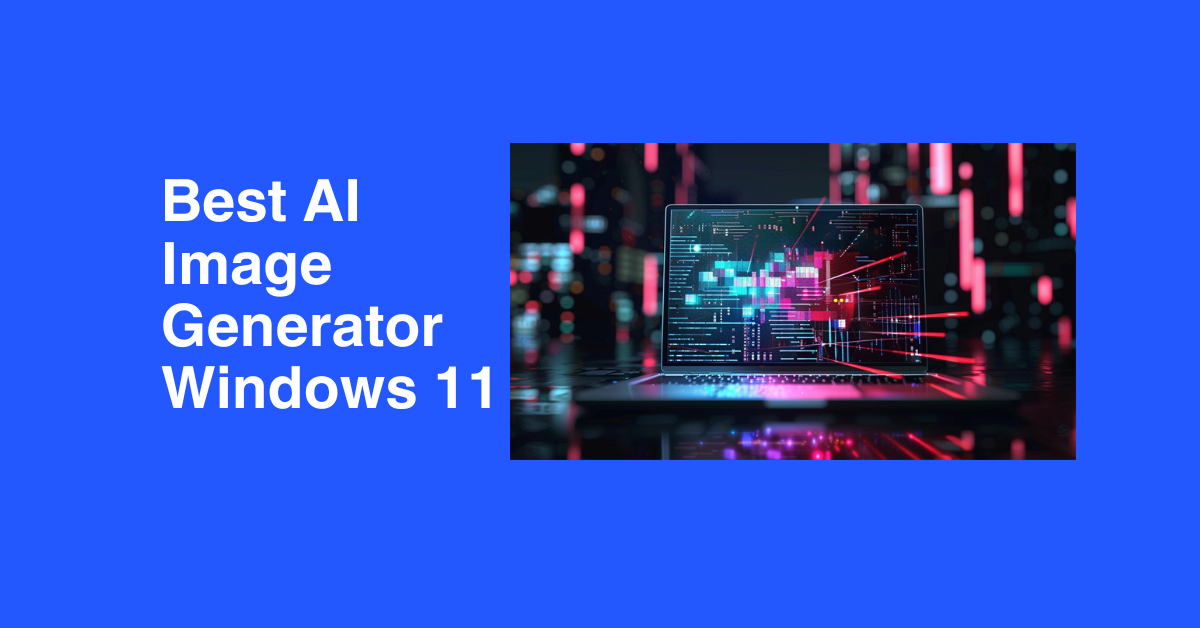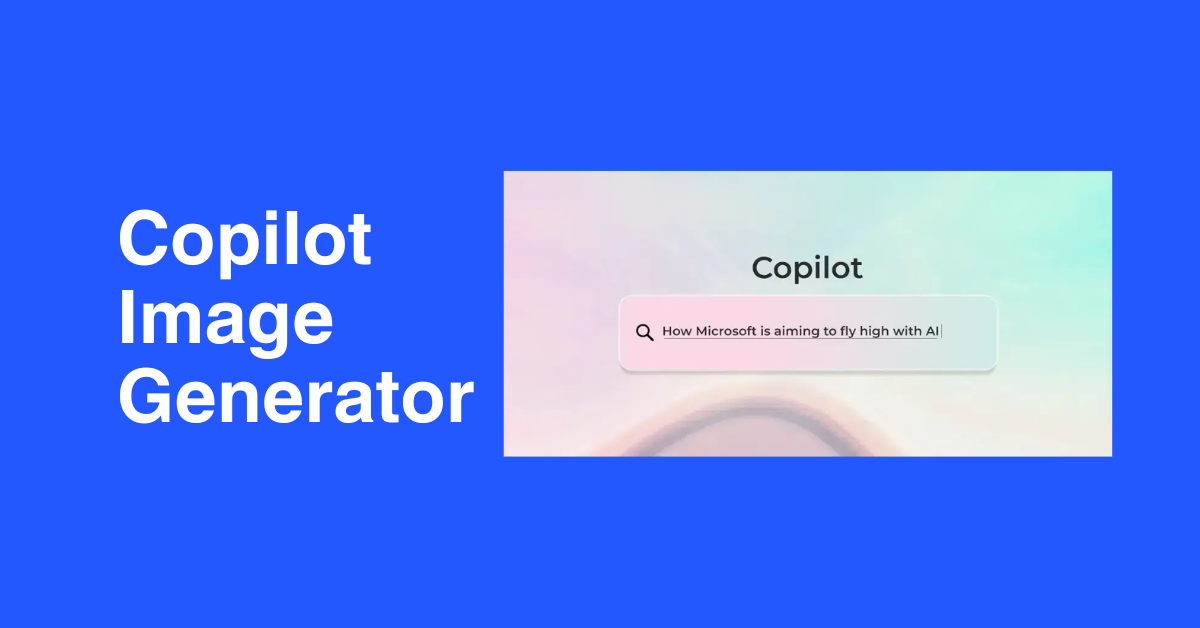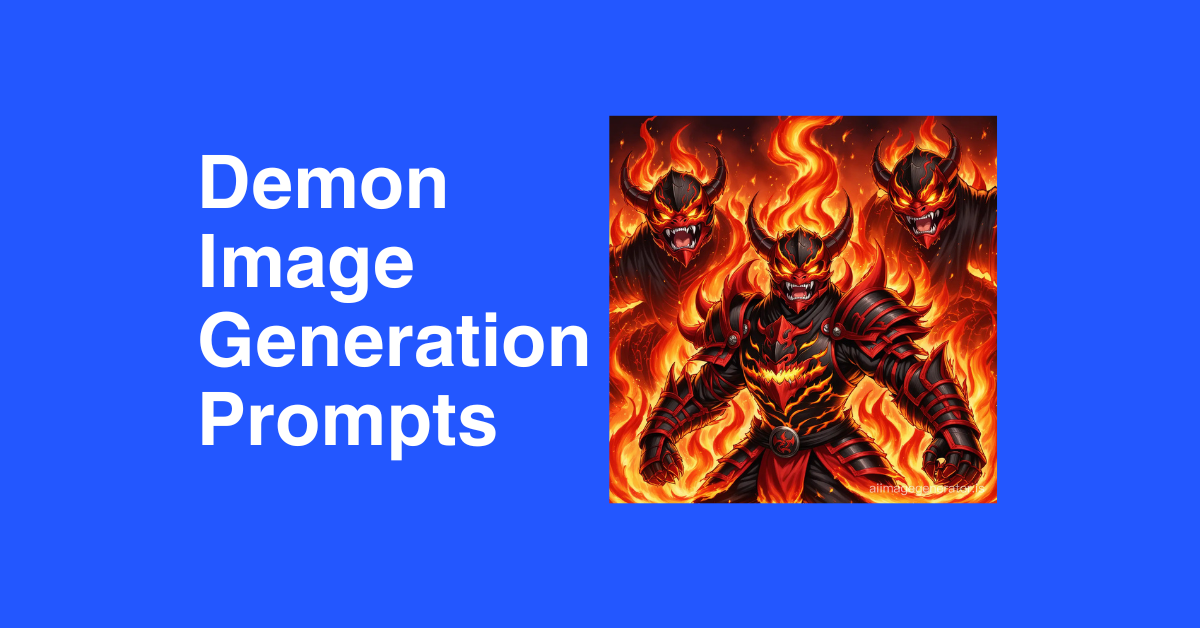
Generate Color Combos from Image for Stunning Palettes
- Image Generators
- November 6, 2024
- No Comments
In the world of design, color is more than just a visual element; it evokes emotions, communicates messages, and can make or break the effectiveness of a design. The ability to generate color combos from images has become an essential skill for designers, artists, and marketers alike. Whether you are creating a stunning website, designing a striking logo, or planning a cohesive branding strategy, understanding how to extract effective color palettes from images is crucial. This blog post aims to delve into various aspects of this topic, offering insights, techniques, and practical applications that will empower you to enhance your creative projects with color.
Extracting Color Palettes from Images: A Beginner’s Guide

Extracting color palettes from images is a fascinating yet manageable task that can significantly elevate your design work. As a beginner, there are numerous tools and methods available that allow you to easily analyze colors and create harmonious combinations.
Understanding Color Extraction Tools
Color extraction tools are software or online platforms that help you identify the dominant colors in an image. These tools typically utilize algorithms to analyze pixel data and provide you with a palette of the most prominent colors.
Most commonly, you’ll find color palette generators that allow you to upload an image directly, enabling you to visualize the color scheme at a glance. Tools like Adobe Color, Canva, and Coolors provide user-friendly interfaces that are accessible for beginners.
Using these tools not only saves time but also helps you discover unusual color combinations you may not have considered otherwise. By experimenting with different images, you can gain insights into how various shades interact with one another, allowing for more vibrant and appealing designs.
Manual Techniques for Color Extraction
While automated tools are convenient, manual techniques can offer deeper insights and a richer understanding of color theory. One popular method involves using a color wheel and a color sample from an image.
Start by selecting an image that resonates with your vision. Using photo editing software, zoom in on various sections of the image to isolate specific colors. Utilize the eyedropper tool to pick colors and note down their hexadecimal or RGB values.
This hands-on approach allows you to build a personalized palette based on your preferences while also honing your observation skills. You’ll begin to appreciate the subtleties of color relationships as you combine hues, shades, tints, and tones.
Importance of Contrast and Harmony
When extracting color palettes, it’s vital to consider contrast and harmony between colors. An ideal palette should evoke the desired mood and effectively communicate the intended message.
High-contrast combinations like blue and orange or red and green can grab attention and energize a design. On the other hand, analogous colors—colors that sit next to each other on the color wheel—create a sense of cohesion and tranquility.
As you begin your journey in color extraction, take time to experiment with both contrasting and harmonious palettes. Each has its own set of advantages depending on the context in which they’re used.
Unlocking Your Creative Potential: Using Image Color Combos for Design

Images can serve as a treasure trove of inspiration for color combinations. By harnessing these combos, you unlock new dimensions in your design practice.
Finding Inspiration in Everyday Images
One of the best sources of color inspiration is everyday photographs. Whether it’s nature scenes, urban landscapes, or even food photography, everyday images can inspire unique color combinations.
For example, a photograph of a sunset could spark a palette consisting of warm oranges, pinks, and cool purples. Similarly, a close-up of a flower might reveal unexpected color pairings you hadn’t anticipated.
Keep in mind that the beauty of drawing inspiration from images lies in the emotional responses they elicit. Pay attention to your feelings when viewing certain colors; this can guide your choices in your design work.
Building Emotional Connections through Color
Color psychology plays a pivotal role in design. Different colors can evoke varying emotions, which can influence audience perception and engagement with your work.
For instance, blue often symbolizes trust and calmness, making it a popular choice for corporate branding. Meanwhile, yellow radiates happiness and positivity, suitable for playful designs or children’s products.
When generating color combos from images, consider the emotions associated with the colors you choose. By consciously selecting colors that align with the sentiments you want to convey, you can create stronger connections with your audience.
Experimenting with Color Combinations
Once you’ve established a collection of color combos from your images, it’s time to experiment. Don’t be afraid to mix, match, and tweak colors until they resonate with your vision.
Try creating multiple versions of the same design using different palettes. You may be surprised at how dramatically the overall feel of a piece can change with slight adjustments in color.
Designing with flexibility in mind will allow you to discover innovative solutions that elevate your work beyond the ordinary. Trust your intuition, and let your creativity flow as you explore color relationships.
From Inspiration to Implementation: Generate Color Combos from Image

With the rise of digital media, web design has become increasingly important. The right color palette can enhance user experience, improve navigation, and ultimately drive conversions.
Importance of Accessibility in Color Choices
When designing websites, accessibility should always be a priority. It’s essential to ensure that all users, including those with visual impairments, can navigate and engage with your site comfortably.
Choosing color combinations with sufficient contrast makes text readable against background images or colors. Tools like the WebAIM Color Contrast Checker can help assess if your palette meets WCAG guidelines.
Additionally, consider providing alternatives, such as text labels alongside color-coded elements, to ensure everyone can understand your design regardless of their visual capabilities.
Creating a Cohesive Brand Identity
Your color palette is a powerful aspect of your brand identity. When generating color combos from images, think about how the colors reflect your brand values and mission.
A consistent color scheme across all platforms—websites, social media, and marketing materials—reinforces brand recognition. For instance, if your brand promotes eco-friendliness, earthy tones derived from nature-inspired images could resonate with your audience.
Furthermore, incorporate flexibility within your brand palette. While having primary colors establishes a foundation, secondary colors can provide versatility in various design contexts.
Leveraging Color Combinations for User Engagement
Certain color combinations can lead to heightened user engagement. For instance, utilizing warmer colors like red or orange for call-to-action buttons can stimulate immediate responses.
On the flip side, cooler colors may invite exploration and reflection, perfect for informational content. Balancing these approaches throughout your design creates an engaging user experience that keeps visitors returning.
Experiment with interactive elements, responsive design, and dynamic layouts that capitalize on your chosen color combos. This type of thoughtful design encourages users to stay longer and deepen their connection with your content.
Beyond the Eye: Analyzing Image Color Combos for Data Insights
The concept of color goes beyond aesthetics; it also encompasses data analysis. Understanding the implications of color combos can yield valuable insights that shape your design decisions.
Visualizing Data through Color
In data visualization, color serves as a critical element that communicates information clearly and effectively. Utilizing distinct color combos can differentiate various data sets or categories, improving comprehension for viewers.
For instance, in a pie chart representing sales figures, using contrasting colors for each sector ensures clear differentiation. Selecting a recognizable color palette can also aid in quicker data interpretation.
Moreover, utilizing gradients can provide depth to your visualizations. Gradients can denote variations in data, helping users absorb complex information seamlessly.
Identifying Trends through Color Analysis
Analyzing color trends can offer insight into consumer behavior and preferences. By examining color data from past designs, brands can tailor future campaigns to align with evolving trends.
Social media platforms are a rich source for identifying emerging color trends. Keep an eye on popular hashtags, trending topics, and influencers’ posts to see what colors resonate with audiences.
Using tools like Google Trends or Pinterest Analytics allows you to gauge current interests and adjust your palettes accordingly. This proactive approach ensures your designs remain relevant and appealing.
Integrating Color Feedback Mechanisms
Feedback mechanisms are invaluable in evaluating the effectiveness of your color choices. Consider incorporating surveys or polls to gather audience opinions on your color combos.
Online platforms like Typeform or SurveyMonkey make it easy to create simple feedback forms. Ask open-ended questions that encourage participants to explain their emotional responses to your color schemes.
Utilizing data analytics tools can further refine your understanding of audience preferences. Measuring engagement metrics—like click-through rates and conversion rates—can illuminate which colors perform best in achieving goals.
The Power of Color Harmony: Understanding Color Theory in Image Analysis
Color theory is a foundational principle in design, offering guidelines on how to create aesthetically pleasing combinations. Recognizing color harmonies can profoundly influence your design work.
Exploring Color Wheels and Schemes
At the core of color theory lies the color wheel, a circular representation of colors organized based on their relationships. Familiarizing yourself with the color wheel can help you generate effective color combos intuitively.
Common color schemes include complementary (colors opposite each other), analogous (adjacent colors), and triadic (three colors evenly spaced) combinations. Each scheme produces a unique effect, allowing you to select the most fitting for your project.
When analyzing images, take note of the color relations presented. Observe how certain colors interact, leading to either tension or harmony. This awareness equips you to curate palettes that enhance your design objectives.
The Role of Warm and Cool Colors
Colors can be categorized into warm and cool tones, impacting the viewer’s perception and emotional response.
Warm colors (such as reds, oranges, and yellows) evoke feelings of excitement, energy, and warmth. They are excellent for attracting attention and creating vibrant compositions.
Conversely, cool colors (blues, greens, and purples) tend to convey calmness, serenity, and professionalism. Incorporating both warm and cool tones strategically can create balance and visual intrigue.
Take the time to analyze images for their warmth or coolness and determine how that impacts their overall message. This understanding will bolster your ability to craft color combos that resonate with your intended audience.
Applying Color Theory Principles in Practice
Recognizing the principles of color theory will empower you to apply them effectively in your design work. Start by establishing a limited color palette that reflects your brand and message.
From there, experiment with various combinations to discover visually appealing options. Challenge yourself to step outside your comfort zone and try unconventional color pairings.
Additionally, seek inspiration from existing designs that embody strong color theory principles. Study successful brands, advertisements, and art pieces to see how they utilize color harmonies to convey their narratives.
Building Your Own Color Palette Generator: A Step-by-Step Guide
Creating your own color palette generator can be an empowering project that equips you with the tools to produce tailored color combos whenever needed.
Defining Your Requirements
Before diving into the technical aspects, outline your requirements. Decide on the features you’d like your generator to have, such as image uploading capability, color extraction methods, and various palette outputs.
You might also want to consider whether you want it to suggest color palettes based on specific themes or moods. Establishing a clear vision will streamline the development process and keep you focused.
Choosing the Right Technologies
Building a color palette generator requires technical knowledge of programming languages and frameworks. Popular front-end technologies like HTML, CSS, and JavaScript are fundamental in this regard.
Libraries like jQuery or React can facilitate creating dynamic components that respond to user interactions. For backend processing, consider using Python or Node.js to analyze images and generate color outputs efficiently.
For those less inclined toward coding, there are numerous resources and tutorials available online. Platforms like Codecademy, freeCodeCamp, and W3Schools offer guidance on building web applications from scratch.
Testing and Refining Your Tool
After developing your generator, testing is crucial to ensure accuracy and usability. Gather feedback from potential users to identify areas for improvement.
Focus on the user interface and experience; an intuitive design will encourage wider usage. Continually refine your generator based on feedback, updating it with new features and functionalities over time.
Creating your color palette generator can empower your design process, helping you generate color combos from images tailored specifically to your needs.
The Future of Color Extraction: Emerging Technologies and Trends
As technology continues to evolve, so does the landscape of color extraction and design. Staying informed on emerging technologies will help you adapt and innovate in your design practices.
AI and Machine Learning in Color Analysis
Artificial intelligence and machine learning are revolutionizing color extraction processes. Algorithms can now analyze vast datasets of images, identifying unique color patterns while predicting trends.
These advancements enable designers to streamline their workflows, saving time when generating color combos. Additionally, AI-driven tools can adapt to individual user preferences, suggesting palettes based on previous choices.
As these technologies advance, we can expect more sophisticated tools that provide deeper insights into color dynamics, enhancing our creative capabilities.
Augmented Reality and Color Interaction
Augmented reality (AR) is opening exciting avenues for color interaction. Designers can use AR to overlay color palettes onto real-world environments, allowing clients to visualize how colors will look in situ.
This immersive approach enhances collaboration and decision-making, bridging the gap between concept and execution. Imagine being able to see a proposed color palette applied to a room’s walls before making any changes!
As AR technology continues to develop, integrating color analysis within these experiences will create new opportunities for user engagement and inspiration.
Sustainability and Ethical Design Practices
The growing emphasis on sustainability extends to color choices as well. Designers are becoming increasingly conscious of sourcing materials and pigments ethically, reflecting a commitment to environmental responsibility.
Emerging technologies offer solutions for creating sustainable palettes by utilizing natural dyes and eco-friendly printing techniques. This trend aligns with consumer desires for socially responsible products and services.
As you explore color extraction, consider how your choices can contribute to a greener future. Embracing sustainability will not only benefit the environment but also resonate with conscientious consumers.
Image Color Combos as a Design Tool: Boosting Your Visual Communication
Visual communication relies heavily on color choices, making the ability to generate effective color combos from images a key skill for designers.
Enhancing Storytelling Through Color
Colors possess the unique ability to tell stories. By carefully selecting color combos, you can evoke particular emotions and convey narratives that resonate with your audience.
For instance, using muted earth tones can create a sense of nostalgia, while bold, bright colors may signify excitement or innovation.
Analyze the images you draw from and think critically about the narratives they present. Translate those narratives into compelling color palettes that enrich your visual storytelling.
Developing a Unique Design Language
Your distinctive style can be cultivated by consistently using specific color combos derived from images. This individual design language sets you apart in a competitive landscape, making your work instantly recognizable.
Curate a collection of images and corresponding palettes that reflect your personality or brand ethos. As you continue to experiment and refine your approach, your unique aesthetic will emerge naturally.
Strengthening Audience Connection with Color Choices
Ultimately, the goal of visual communication is to connect with your audience. Thoughtfully generated color combos can create familiarity and relatability in your designs.
Consider your target demographic and their preferences when curating your palettes. Research shows that people have emotional responses to color, impacting their perception of brands and messaging.
By aligning your color choices with audience expectations, you can foster a deeper connection and enhance engagement with your work.
Practical Applications of Image Color Extraction: From Branding to Fashion
The applications of generating color combos from images extend far beyond mere aesthetics. From branding strategies to fashion design, color plays a pivotal role in various industries.
Crafting Memorable Brands
Strong branding hinges on color choices. Businesses that leverage color effectively create memorable identities that resonate with target audiences.
Think of iconic brands like Coca-Cola’s vibrant red or Tiffany & Co.’s signature blue. These colors not only evoke specific emotions but also instill brand recognition among consumers.
When extracting colors from images for branding purposes, consider how those colors reflect your brand values and messaging. Consistency across all platforms will solidify your brand identity and increase loyalty.
Influencing Fashion Trends
Fashion is intrinsically tied to color. Designers frequently extract palettes from runway shows, nature, and art to create collections that resonate with current trends.
The fashion industry thrives on innovation and visual impact, making color combinations essential for captivating audiences. Analyze influential designers and their color choices, drawing inspiration for your own creative endeavors.
As seasons change, so do color trends in fashion. Stay attuned to emerging colors and palettes to keep your designs fresh and relevant.
Designing with Color Psychology in Marketing
Color psychology is a powerful tool in marketing. Understanding how colors influence consumer behavior can guide your design decisions effectively.
For example, research indicates that blue tends to inspire trust, while red stimulates urgency. Adapting your color combos based on psychological insights can enhance your marketing strategies.
When generating color palettes from images for promotional materials, consider how those palettes align with your marketing objectives. Tailoring your colors to evoke desired emotional responses can significantly impact consumer engagement and sales.
Beyond the Basics: Advanced Techniques for Generating Color Palettes from Images
Once you’ve grasped the fundamentals of color extraction, it’s time to explore advanced techniques that can further enrich your design practice.
Creating Mood Boards for Color Exploration
Mood boards serve as valuable tools for synthesizing ideas and exploring color combos in-depth. Curate a collection of images, textures, and color swatches that convey the mood you wish to achieve in your design.
This tactile approach allows you to visualize how colors interact and complement one another. Utilize both digital and physical formats to experiment with diverse palettes and styles.
As a designer, your mood board becomes a source of inspiration and reference, guiding your choices as you develop your project.
Customizing Color Palettes with Software
Leveraging design software can elevate your color exploration. Programs like Adobe Photoshop and Illustrator provide advanced capabilities for manipulating and customizing color palettes.
Explore features like blending modes and layer effects to experiment with different color combinations dynamically. Additionally, tools like Color Hunt and Paletton allow you to generate color harmonies based on user-defined parameters.
Investing time in mastering these tools can vastly expand your color palette options and streamline your design workflow.
Collaborating with Other Creatives
Collaboration fosters creativity, and working with fellow designers can unlock new perspectives on color combos. Engaging in brainstorming sessions or critique groups can challenge your preconceived notions of color and inspire fresh ideas.
Take advantage of online communities, workshops, and forums to connect with others who share your passion for color design. Collaboration can lead to innovative solutions and mutually beneficial growth.
Through shared experiences and discussions, you can discover novel approaches to generating color palettes that you might not have encountered otherwise.
Conclusion
Generating color combos from images is a powerful skill that can significantly enhance your design projects. From extracting palettes to applying color theory principles, understanding the intricacies of color opens up endless possibilities for creativity and expression.
As you embark on this journey, remember that experimentation and observation are key. Allow yourself the freedom to explore unconventional color combinations, and trust your instincts. With practice, you will develop a keen eye for color relationships that elevate your work to new heights.
In today’s rapidly evolving landscape, staying informed on emerging trends and technologies will keep you ahead of the curve. Embrace innovation and continuously refine your approach to color extraction, ensuring you are equipped to tackle whatever creative challenges come your way.
Let your passion for color guide you, and watch as it transforms your designs into compelling visual narratives that resonate with your audience.
Looking to learn more? Dive into our related article for in-depth insights into the Best Tools For Image Generation. Plus, discover more in our latest blog post on generate image office hands computer screen high resolution ai. Keep exploring with us!
Related Tools:
Image Generation Tools
Video Generators
Productivity Tools
Design Generation Tools
Music Generation Tools





